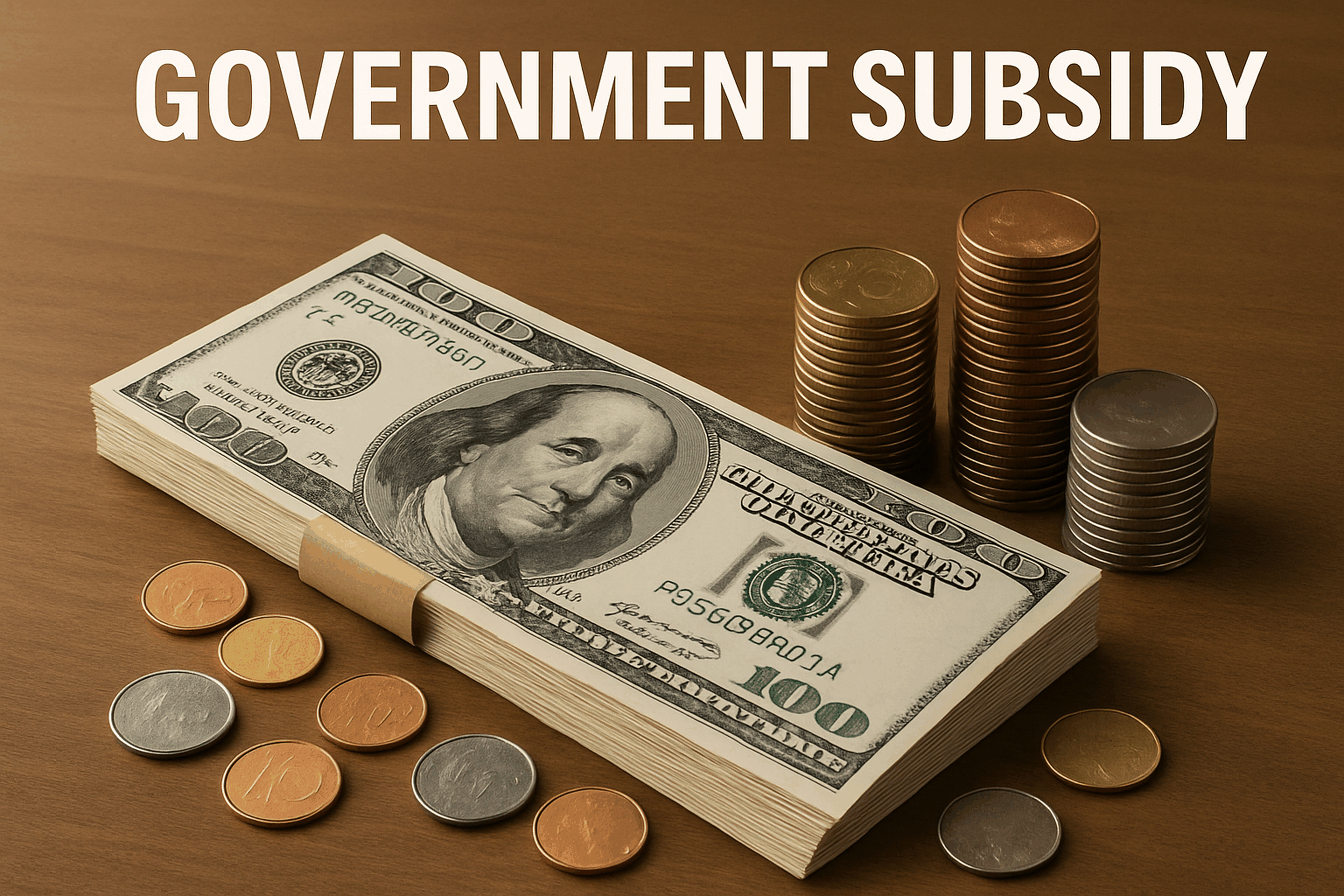Government Subsidy Programs for International Conferences
Author
Shun
Date Published

Japan actively funds international conferences through coordinated national and prefectural support systems. These grants are designed to attract global events, stimulate regional economies, and strengthen Japan’s position as a MICE destination. Yet for many international planners, the process feels complex because different bureaus, Japanese-only forms, and strict reimbursement procedures can seem daunting.
Having secured subsidies for large-scale scientific and corporate events in Tokyo and Osaka, I have learned that success depends on understanding which grants apply to your project and how early you integrate them into your planning. This guide walks through national schemes, prefectural programs, the application process, and reporting requirements so you can confidently access available funds and minimize your event costs.

National Schemes
At the national level, Japan’s MICE funding is primarily managed by the Japan National Tourism Organization (JNTO) and the Japan Tourism Agency (JTA). Their aim is to attract high-profile international conferences that promote inbound travel, scientific collaboration, or sustainability.
These programs typically provide:
- Financial assistance for bid document preparation, venue inspections, and marketing materials
- Post-event reimbursement for confirmed delegate spending or international attendance ratios
- Partial support for pre-event site visits and promotional activities abroad
Most funding applies to conferences with at least one-third foreign delegates or recognized international association involvement. Applications must usually be routed through a Japan-based host partner such as a PCO or an academic institution registered under JNTO’s MICE network.
Mini Checklist
- Verify that the event meets JNTO’s eligibility criteria
- Identify a registered Japanese host or co-organizer early
- Submit an outline and projected delegate data before venue contracting
- Ensure all post-event reporting follows JNTO’s expense categories
Clause
The Organizer shall coordinate with a Japan-based host organization to prepare and submit required documents to the Japan National Tourism Organization for MICE subsidy consideration.
Engage your venue’s international sales team. They often maintain direct contacts with JNTO grant officers who can pre-assess your eligibility.
Prefectural Programs
Beyond national schemes, Japan’s prefectural and municipal governments run their own MICE support initiatives. These are often more accessible for mid-sized conferences and are aimed at bringing first-time international events to local cities.
For instance:
- Tokyo Convention & Visitors Bureau offers up to several million yen in financial assistance for accommodation, cultural experiences, and city branding promotion
- Osaka Convention & Tourism Bureau prioritizes international conferences contributing to business innovation
- Kyoto Convention Bureau supports association meetings and provides interpreters for bid presentations
- Okinawa Convention Bureau offers subsidies for events held outside peak tourist seasons to balance local demand
Each city has its own application deadlines, grant ceilings, and usage restrictions. Some reimburse up to 50 percent of eligible costs, while others require matching contributions. The key is to align your event with the prefecture’s development theme such as sustainability, innovation, or regional revitalization.
Mini Checklist
- Study city-specific guidelines for Tokyo, Kyoto, Fukuoka, and Okinawa
- Identify required local partners such as hotels or academic hosts
- Obtain approval before confirming venue contracts
- Allocate space in program materials for city or prefecture logo placement
Clause
The Organizer agrees to display the Prefectural Bureau’s official logo on all printed and digital communications as acknowledgment of financial support.
Coordinate applications with your CVB contact. They can translate Japanese forms and ensure your submission meets all municipal conditions.

Application Flow
Most Japanese subsidy programs follow a fixed four-stage process. Each stage requires punctual submissions and bilingual documentation. Delays or missing seals can invalidate funding.
- Inquiry: Send an initial concept proposal to the CVB or JNTO desk outlining event purpose, scale, and foreign delegate ratio
- Preliminary Approval: Upon review, the bureau issues a conditional letter approving support within specific limits
- Execution: Implement the event as planned, following the approved budget and scope
- Reimbursement: After completion, submit receipts, photos, and bilingual reports within 30 days
Many planners underestimate the translation and proof requirements. Every receipt must list the payer, vendor seal, and tax details under Japan’s Qualified Invoice System.
Mini Checklist
- Keep separate folders for eligible and non-eligible expenses
- Translate all invoices before submission
- Secure the official inkan seal on every stamped document
- Retain copies of attendance lists and photos with date metadata
Clause
All reimbursement claims shall be submitted in Japanese with corresponding certified receipts, as outlined in the Prefectural MICE Subsidy Guidelines.
Designate one staff member as the subsidy manager to maintain consistency and avoid translation backlogs during audit.

Reporting
The final phase, reporting, determines whether the grant is paid in full and whether your organization remains eligible for future support. Reports are not just financial. They demonstrate economic impact, media exposure, and alignment with government objectives.
Authorities usually require:
- Delegate data by country or region
- Proof of press coverage or social media reach
- Photos of branding materials displaying subsidy acknowledgment
- Vendor invoices compliant with the invoice system
You should maintain all documentation for at least three fiscal years after reimbursement. Incomplete reports or inconsistent data can lead to payment delays or ineligibility in subsequent years.
Mini Checklist
- Use JNTO’s official reporting template in both English and Japanese
- Include spending summaries with yen-based calculations
- Add economic impact estimates such as hotel nights, taxi usage, or venue rental
- Confirm APPI compliance when submitting delegate information
Clause
The Organizer shall submit a bilingual financial and outcome report within 30 days of event conclusion and retain all documents for three years in accordance with the MICE Subsidy Audit Standard.
Proactive communication with your bureau after submission often accelerates approval and builds credibility for future applications.
FAQs
1. What types of events qualify for Japan’s MICE subsidies?
Eligible events usually include international conferences, association meetings, and corporate conventions that bring overseas delegates. Academic or scientific gatherings with collaboration outcomes are often prioritized.
2. How much funding can organizers expect from these programs?
Depending on the event scale, national and local subsidies can range from 500,000 yen to more than 10 million yen, especially for conferences exceeding 500 participants or those aligning with government priority sectors.
3. Can private companies apply without a Japanese partner?
Most programs require a Japanese-based co-organizer such as a university, chamber of commerce, or local PCO. This ensures compliance with domestic documentation and tax procedures.
4. How early should planners begin the subsidy process?
Ideally, start 9 to 12 months before the event. Preliminary approval must be secured before signing vendor contracts, and the reporting window closes within 30 days of the event.
5. What common mistakes cause applications to fail?
Late submissions, missing seals, unapproved expenses, or English-only receipts are the most common reasons for rejection. Assigning a local subsidy coordinator minimizes these risks.
Conclusion
Government subsidy programs in Japan are not mere cost offsets. They are a strategic advantage for international planners who understand how to blend national and local opportunities. By integrating JNTO’s national schemes and prefectural programs early in your planning, you can recover a significant portion of your event costs and strengthen your bid credibility.
If you are preparing to host an international meeting in Japan and want guidance on which subsidy best fits your event profile, and connect with our MICE support advisors.